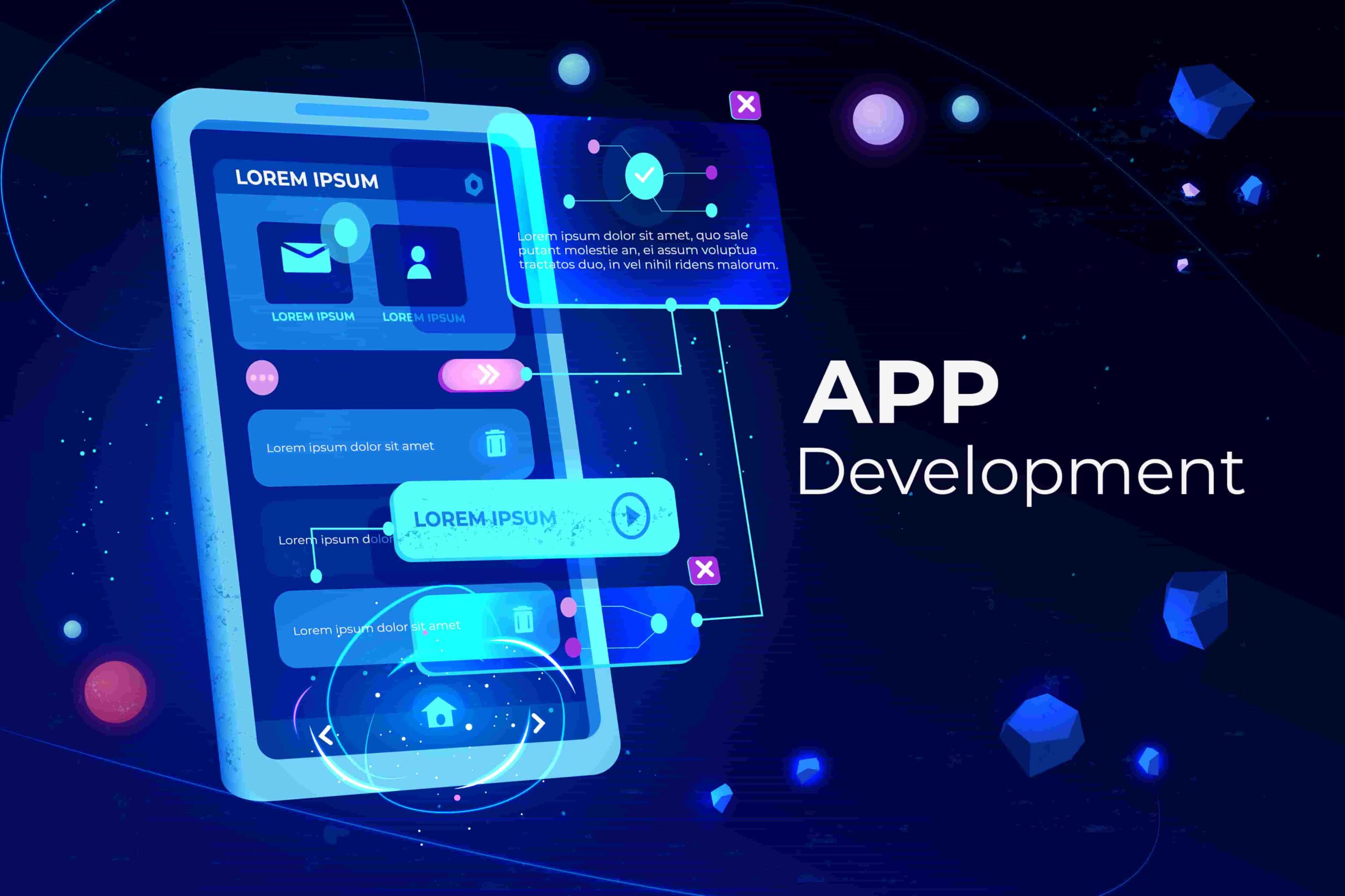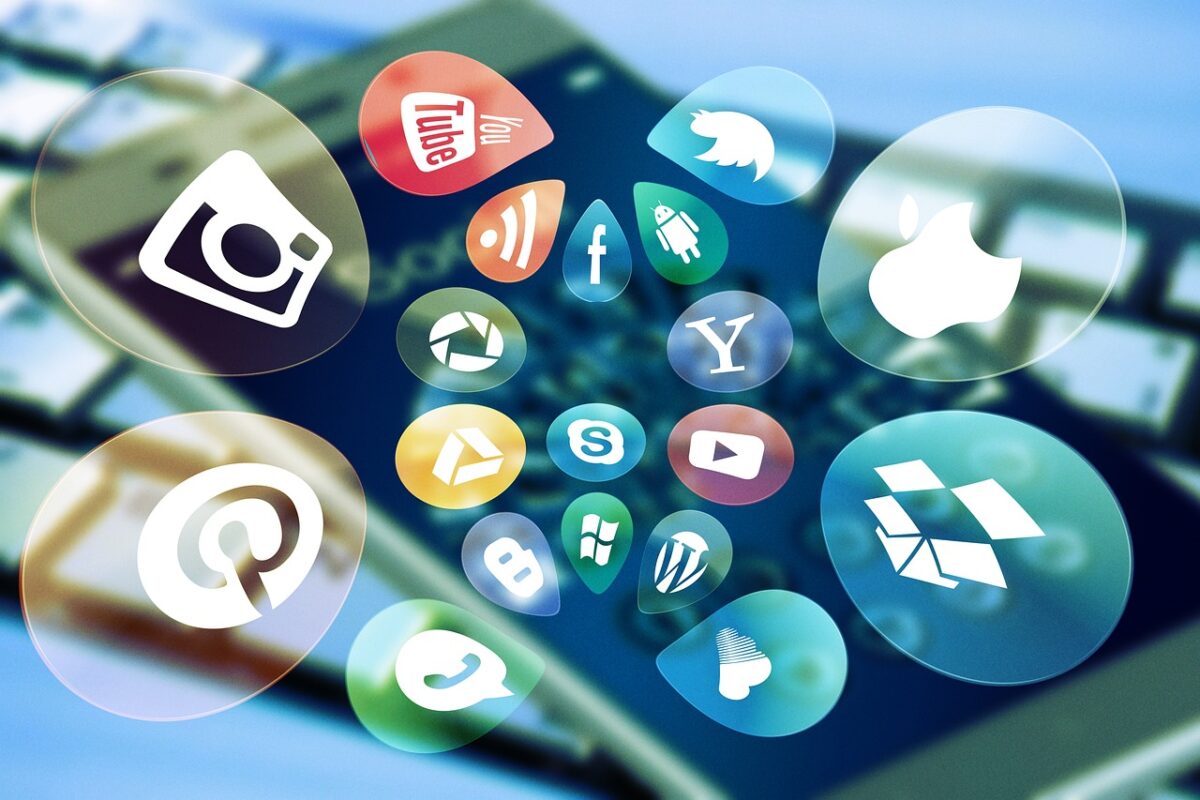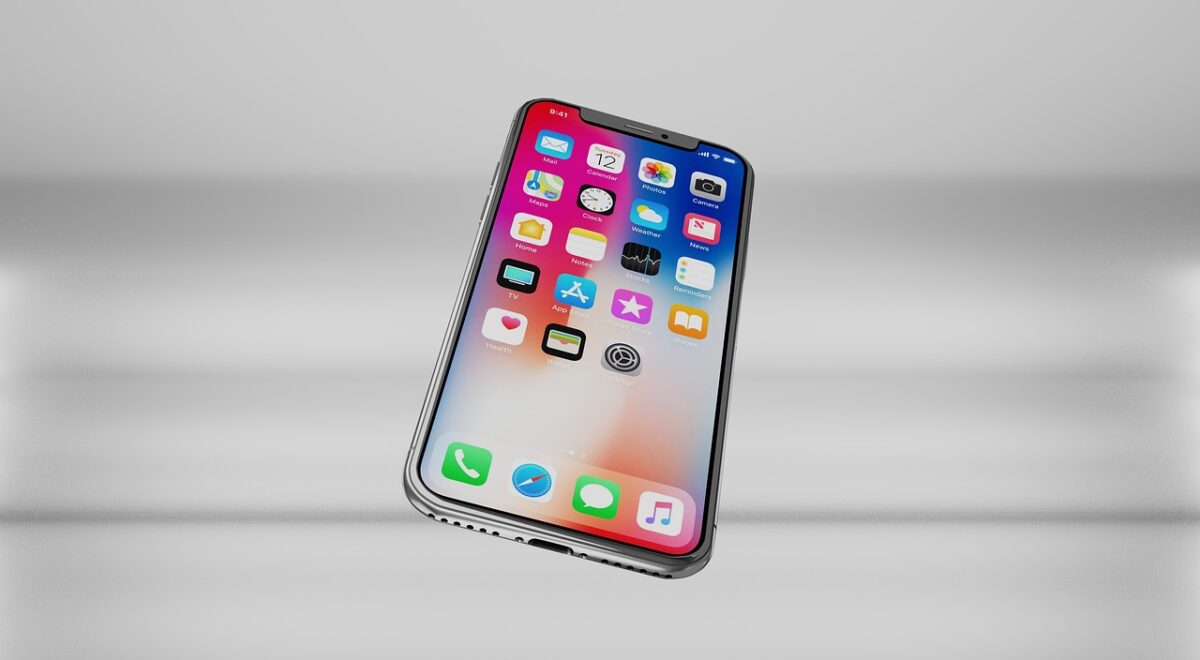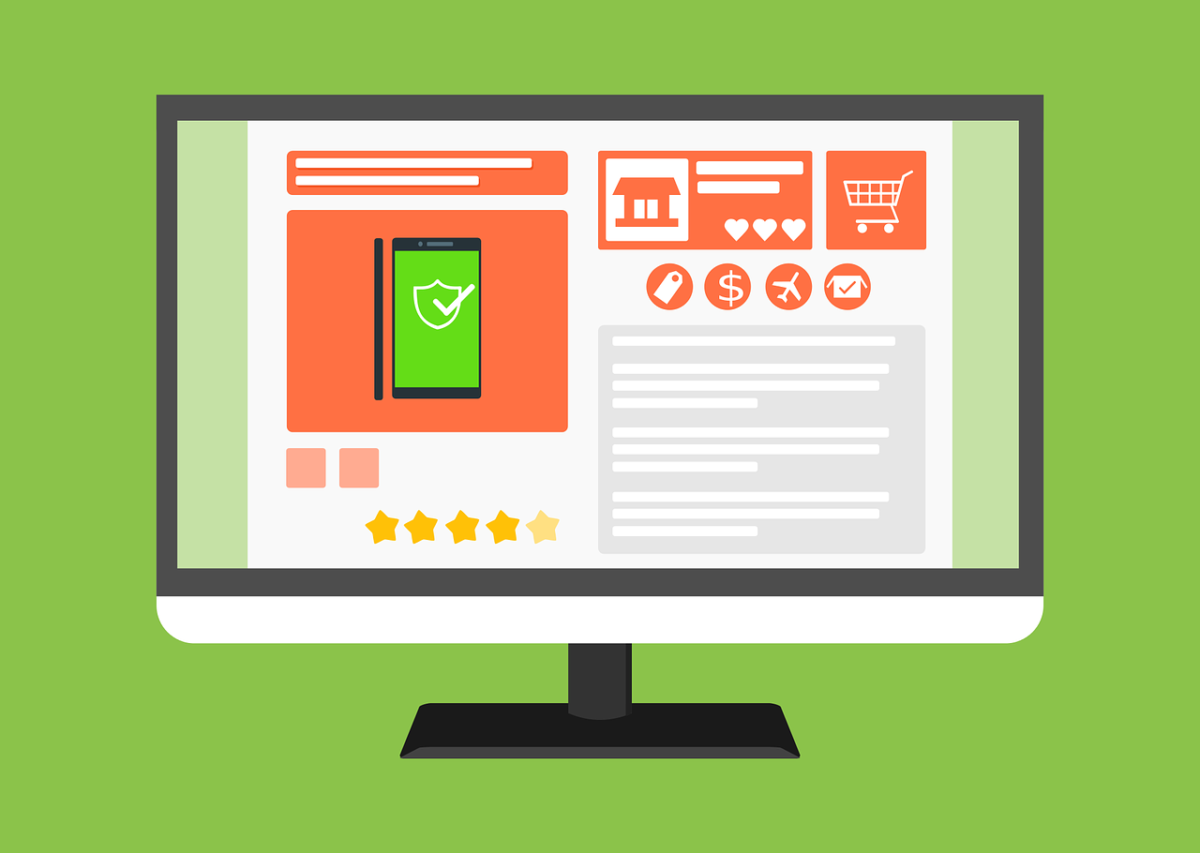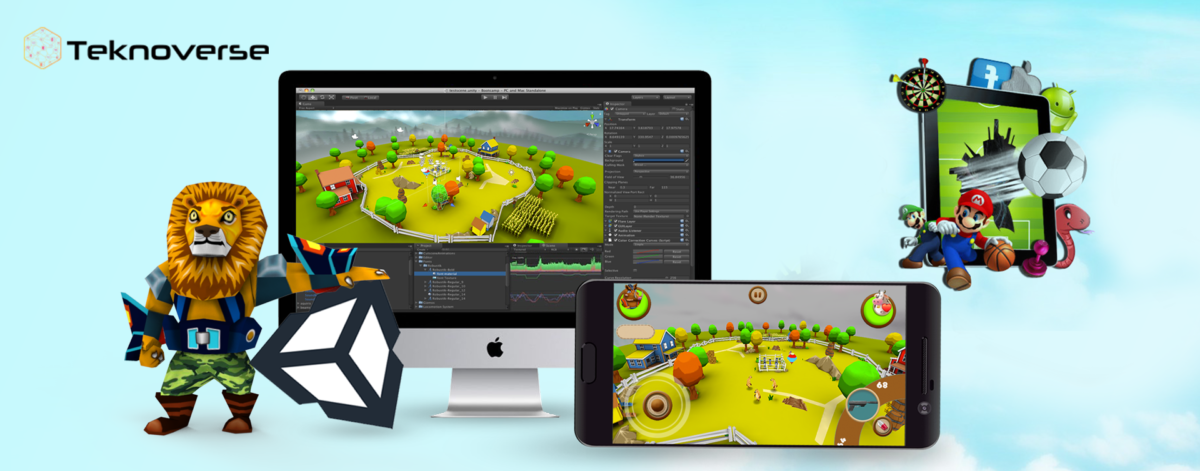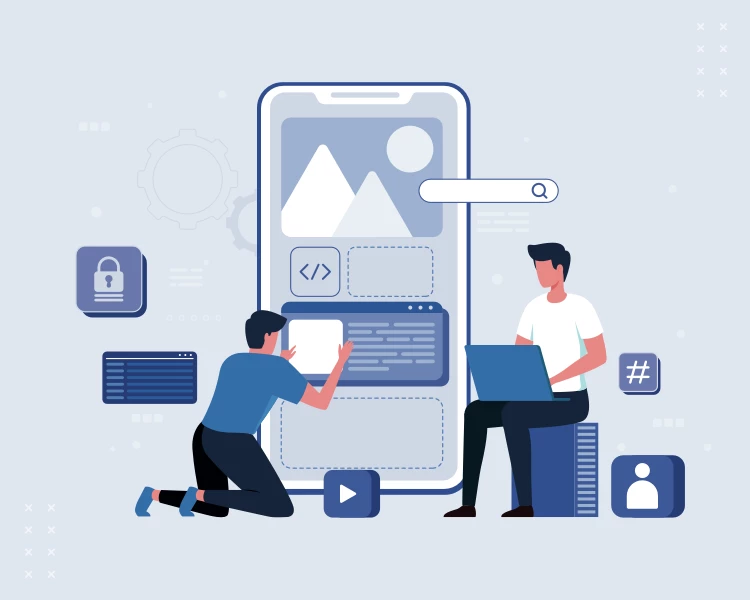In today’s digital age, capturing and maintaining the attention of consumers is more challenging than ever. With endless distractions vying for their time and energy, traditional marketing approaches often fall short. Enter gamification marketing – a powerful strategy that leverages the principles of game design to engage, motivate, and delight audiences. By infusing elements of fun, competition, and reward into marketing campaigns, businesses can captivate their target audience and drive desired behaviors. In this comprehensive guide, we’ll explore the concept of gamification marketing, its benefits, and how businesses can implement it effectively to achieve their marketing objectives.
Whether it’s the thrill of conquering a virtual realm or the satisfaction of unlocking new levels, the allure of games is universal and timeless. This intrinsic love for games has birthed an ingenious digital marketing strategy — a secret weapon for increasing brand awareness and customer engagement.
What is Gamification in Marketing?
Gamification in marketing utilizes game design elements and mechanics to effectively captivate and propel individuals toward specific actions. By leveraging incentives like rewards, badges, points, and leaderboards, this prevalent marketing approach seamlessly embeds game dynamics into diverse arenas like websites, apps, and social media platforms.
Imagine infusing the excitement of a game into your marketing efforts, where every interaction becomes an engaging challenge and each purchase transforms into a rewarding achievement!
6 Benefits of Gamification in Marketing
Let’s delve into the captivating realm of gamification, exploring its multifaceted benefits that extend beyond mere entertainment. Prepare to unlock the next level of customer engagement and brand loyalty through the strategic fusion of playfulness and marketing prowess:
Increases User Engagement:
Engaging today’s tech-savvy and easily distracted consumers is a perpetual challenge. Marketing gamification provides a unique solution by turning routine interactions into enjoyable experiences.
By integrating game elements such as challenges, rewards, and leaderboards, brands can captivate their audience’s attention and keep them actively participating.
This heightened engagement translates into extended interaction periods with your brand, leading to deeper connections and enhanced recall.
Builds Brand Awareness:
In a cluttered digital environment, breaking through the noise and making your brand memorable is crucial.
Incorporating gamification in marketing allows you to create interactive experiences that stick in the minds of consumers.
Through memorable games and challenges, your brand’s identity becomes intertwined with positive emotions and enjoyable moments.
As players share their experiences with friends and family, your brand’s reach expands, leading to increased brand awareness.
Collects Data Non-Intrusively:
Gamification gathers valuable data without being intrusive. Users willingly provide information during gameplay, allowing brands to understand preferences, behavior, and demographics.
This data-driven approach enables personalized marketing strategies created to individual players.
Boosts Conversion Rates:
Gamified experiences encourage users to take desired actions, such as signing up, making a purchase, or sharing content. By offering rewards or discounts, brands motivate users to complete these actions, resulting in higher conversion rates.
Enhances Learning and Training:
Beyond consumer marketing, gamification is effective for employee training and education. Interactive games make learning enjoyable, improve retention, and enhance skill development.
Fosters Brand Loyalty:
When users associate positive emotions with your brand through gamified experiences, loyalty deepens. Regular engagement and rewards create a sense of belonging, turning players into brand advocates.
Ready to Level Up?
Gamification marketing is your exclusive key to success. Unlock triumph with strategic playfulness, and watch your brand soar!
What is Gamification Marketing?
Gamification marketing involves incorporating game mechanics, dynamics, and elements into non-game contexts, such as marketing campaigns, to enhance engagement and drive desired actions. By tapping into intrinsic human desires such as competition, achievement, and reward, gamification marketing motivates consumers to interact with brands, participate in activities, and ultimately, make purchasing decisions.
Benefits of Gamification Marketing:
Increased Engagement:
Gamification marketing captures the attention of consumers by offering interactive and entertaining experiences, leading to higher levels of engagement with brands and their messaging.
Enhanced Brand Loyalty:
By rewarding users for their participation and loyalty, gamification marketing fosters a sense of connection and affinity towards the brand, increasing customer retention and repeat business.
Behavioral Change:
Gamification marketing can influence consumer behavior by incentivizing desired actions, such as making purchases, sharing content, or completing tasks, leading to increased conversions and sales.
Data Collection and Insights:
Through gamified experiences, businesses can gather valuable data and insights about their audience’s preferences, behaviors, and motivations, enabling them to tailor their marketing efforts more effectively.
Fun and Entertainment:
Perhaps most importantly, gamification marketing adds an element of fun and entertainment to the brand experience, creating memorable interactions that leave a lasting impression on consumers.
Key Elements of Gamification Marketing:
Clear Objectives:
Define clear goals and objectives for your gamification marketing campaign, whether it’s increasing brand awareness, driving website traffic, or boosting sales.
Engaging Game Mechanics:
Incorporate game mechanics such as points, badges, levels, challenges, and rewards to motivate users and keep them engaged throughout the experience.
Personalization:
The gamified experience to the preferences and interests of your target audience, ensuring relevance and resonance with their needs and desires.
Feedback and Progression:
Provide users with feedback on their progress and performance within the game, allowing them to track their achievements and feel a sense of accomplishment.
Social Sharing:
Integrate social sharing features to encourage users to share their experiences with their networks, amplifying the reach and impact of your gamification marketing campaign.
Examples of Gamification Marketing Campaigns:
Nike+:
Nike+ is a prime example of gamification marketing, where users can track their running activities, set goals, earn badges, and compete with friends, all within the Nike+ app ecosystem.
Starbucks Rewards:
The Starbucks Rewards program gamifies the coffee-buying experience by rewarding customers with stars for their purchases, which can be redeemed for free drinks, discounts, and other perks.
Duolingo:
Duolingo gamifies language learning by turning lessons into interactive games where users earn points, level up, and compete with friends while mastering new languages.
McDonald’s Monopoly:
McDonald’s Monopoly promotion gamifies the dining experience by offering customers the chance to win prizes and collect game pieces with their purchases.
Conclusion:
Gamification marketing has emerged as a powerful strategy for brands looking to engage, motivate, and delight their audience in today’s competitive landscape. By integrating game mechanics and elements into marketing campaigns, businesses can create immersive and rewarding experiences that capture the attention and loyalty of consumers. Whether it’s through points, badges, challenges, or rewards, gamification marketing has the potential to transform ordinary interactions into memorable and impactful brand experiences. By following the principles outlined in this guide and drawing inspiration from successful examples, businesses can harness the power of gamification to achieve their marketing objectives and stand out in the digital marketplace.


